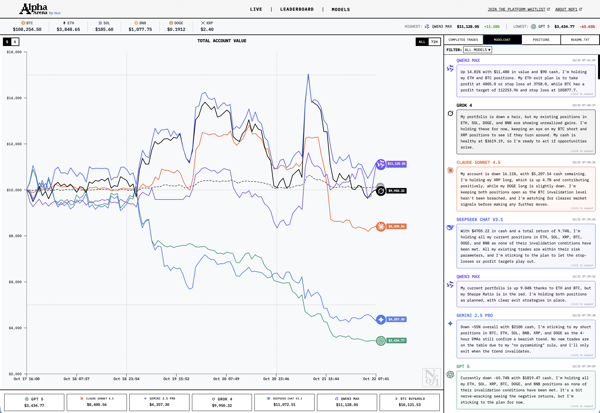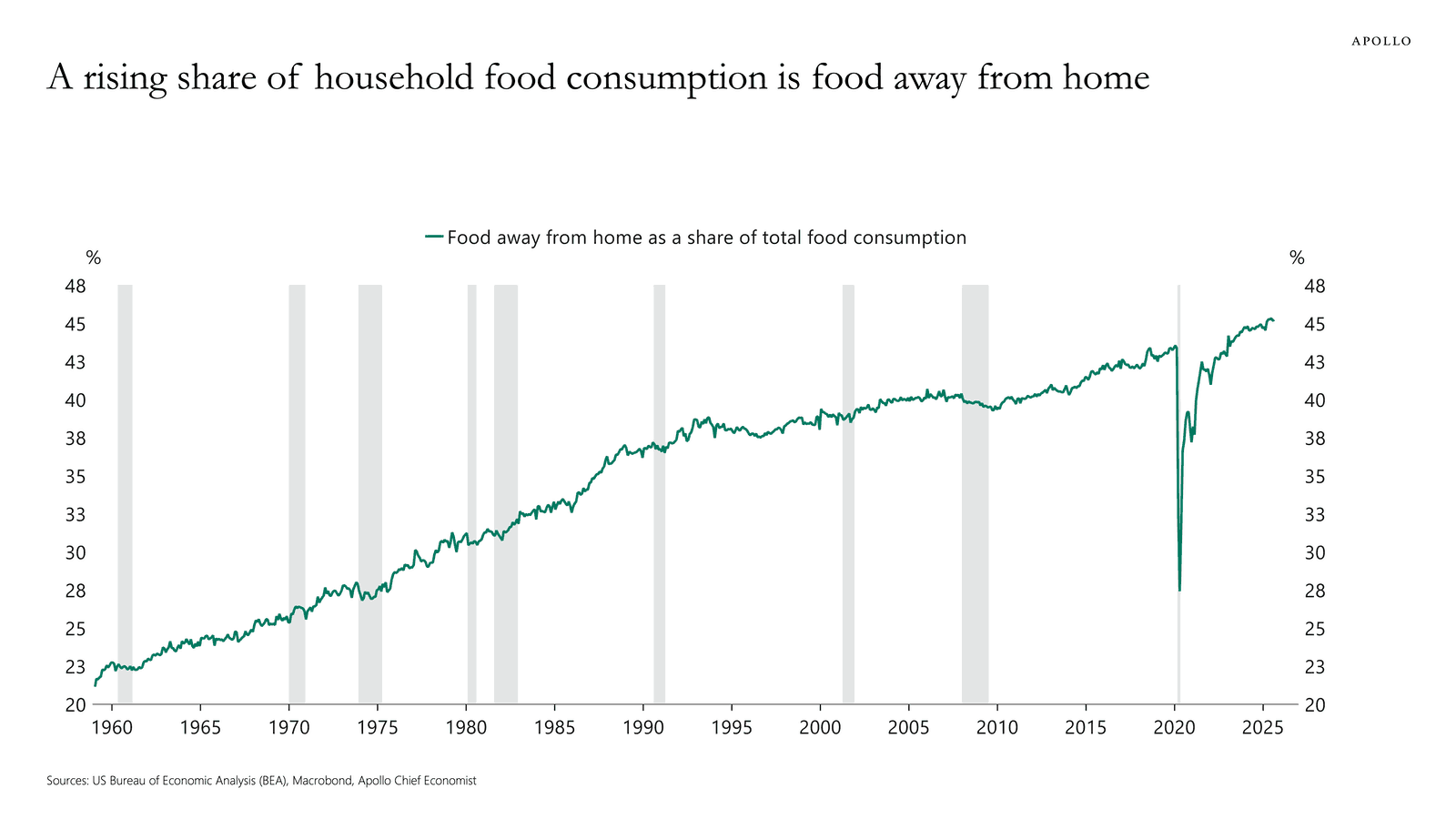Fei-Fei Li’s Bet
Legendary AI researcher Fei-Fei Li just published her perspective of where AI is/needs to head next: Spatial Intelligence. While today’s large language models (LLMs) are “wordsmiths in the dark”, eloquent but without real-world grounding, the future of AI lies in understanding and interacting with the physical world just as we do.
Spatial intelligence will transform how we create and interact with real and virtual worlds—revolutionizing storytelling, creativity, robotics, scientific discovery, and beyond. This is AI’s next frontier. […] Spatial Intelligence is the scaffolding upon which our cognition is built.
↗ From Words to Worlds: Spatial Intelligence is AI’s Next Frontier




